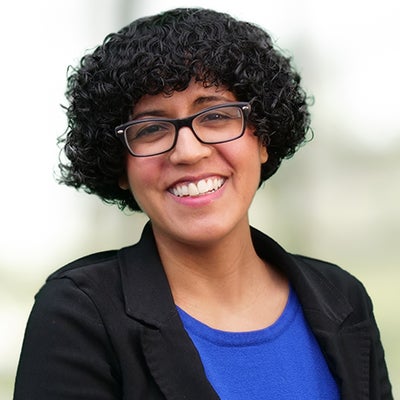
People living with diabetes have a long to-do list when it comes to managing their health. Diabetic patients daily monitor their blood sugar with a glucometer, conform to a diabetic diet, take medication, and frequently visit a provider. These challenges to healthy living are traditionally not addressed by medical professionals and fall on the patient.
As an ACO, the primary goal of CHESS is to improve patient outcomes. It is vital to make patients aware of community solutions that minimize barriers to optimal health. These barriers intensify when patients have both diabetes and vision loss. Health systems do not typically address the needs of diabetic patients who are also losing their sight. These patients have unique needs that require additional support. Specific action plans must be created to better care for these patients. CHESS is working to address the needs of this specific patient population, ensuring that equitable care is provided.
Many diabetic patients do not make plans when told they are destined to lose their eyesight. Because there is no available prevention, the patient will often stop seeing their ophthalmologist. These patients then find themselves alone at home, with no proper plan for such a drastic lifestyle change. Diabetic patients who are losing eyesight receive most of their clinical support from their PCP. The patient will express trouble managing their diabetes to their PCP, who will then refer the patient to us. CHESS has the resources to dig deeper into the patient history and may find that the real obstacle to diabetes management is vision loss.
While working at CHESS, I’ve encountered several patients with macular degeneration. These individuals miss critical appointments as they lose their ability to see. They struggle to complete everyday tasks, such as dressing themselves, cooking, or answering the phone. These patients are often unaware of resources that can assist in the transition from being sighted to blind, such as blindness preparation programs or assistive devices. With proper outreach and support, quality of life can be greatly improved.
A blind diabetic patient has greater challenges than a sighted diabetic patient. Obtaining medication, monitoring blood sugar with a glucometer, taking insulin, and cooking to conform with a diabetic diet are much more difficult to accomplish. The long to-do list for patients living with diabetes becomes virtually impossible for those with significant vision loss.
We have found that many blind diabetic patients are not forthcoming about the inability to see. It takes someone willing and able to create a safe space to get these patients to talk about their lack of vision. Over time, I’ve learned that the reason some diabetics struggle to maintain a healthy lifestyle is because they are blind or have very limited vision, and they don’t know how to manage their situation any longer.
Blind patients often have additional unaddressed challenges, such as having to sign documents they cannot see or read. Other unique challenges faced by blind diabetics is obtaining a voice activated glucometer. Procuring this device often requires the patient to travel to their provider’s office for an appointment, even though setting up transportation to get to the PCP’s office requires an exam from that same provider. If a patient obtains the device through the Social Worker for the Blind, they need an eye doctor’s appointment within 6 months of the referral. These patients struggle to save important numbers for outgoing calls, let alone finding a number online to then dial and call. Blind patients need additional support to access these available resources.
Diabetic patients who also suffer from loss of sight are best served by following their ophthalmology reports. If a referral to a social worker can be made early, the patient can begin preparing for the transition from sighted to blind. These patients can be helped by focusing payer and provider resources on getting the patient assistive devices to help manage their diabetes. If we provide blind diabetic patients with preventative preparation, ongoing support, and increased access to resources, we will see far fewer of these patients in our emergency room and hospitals. It will also help improve quality of life and overall health for this patient population.
About the Author


